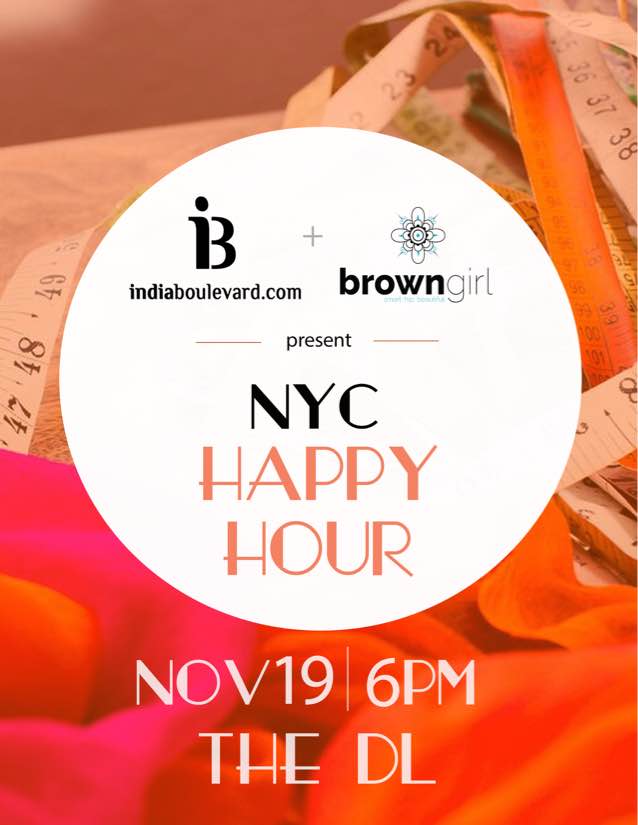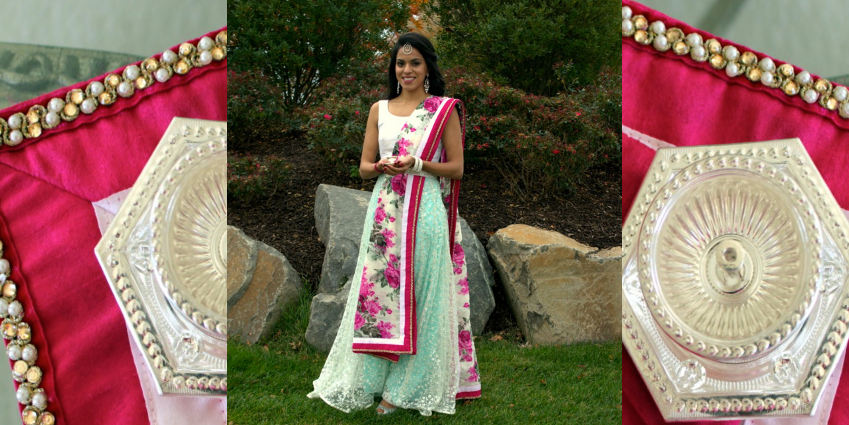
by Kamana Sharma
The following post is brought to you by online fashion store India Boulevard, and in collaboration with fashion blogger Kamana Sharma of Social&Style.
Diwali is my favorite time of year. I love the festivities, yummy home-cooked food, and, of course, the fireworks! With all the celebrations, it’s easy to worry about how to manage it all and have fun.
This year, I teamed up with Brown Girl Magazine and India Boulevard to design a Diwali look that I could effortlessly wear from day to evening. I selected a beautiful powder blue anarkali with a contrast deep purple floral dupatta. I then added this season’s hottest accessory—a belt to style the look in two ways.
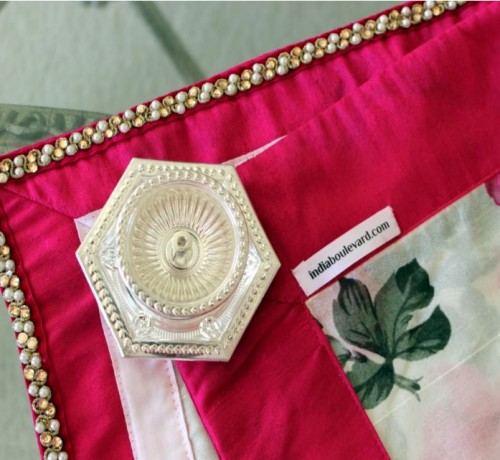
For the day look, I styled the anarkali with a beaded belt to give it a more regal look. I added a maang tikka and silver earrings to compliment the elegant beaded dupatta.
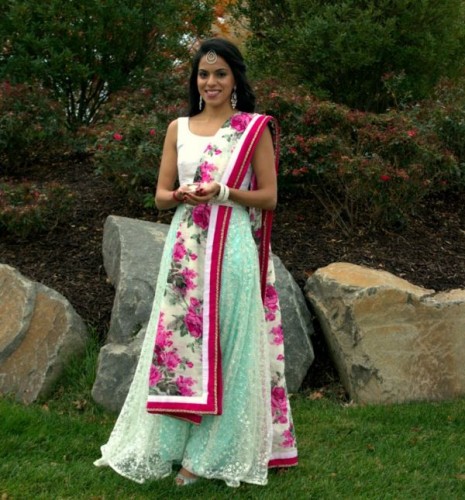
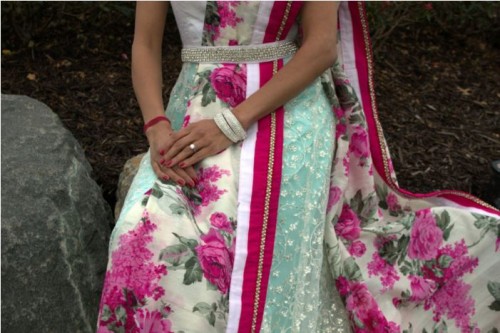
For the evening look, I let my hair down and wore the dupatta over my shoulder so I could dance and enjoy the fireworks!

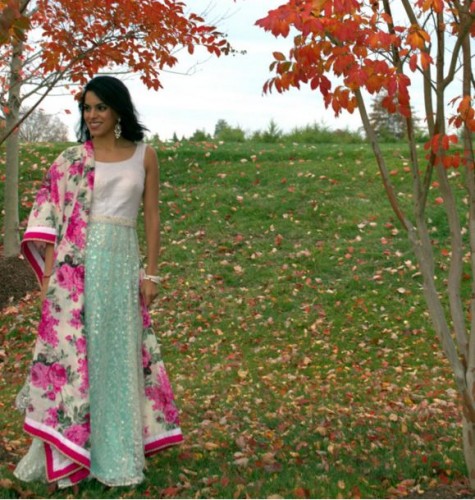
India Boulevard is a match made in heaven for young South Asian American women because the online store works with fashion boutiques to deliver custom-made outfits right at your doorstep. Staying true to their mission, they make designer wear accessible to everyone!
Design the South Asian outfit of your dream with India Boulevard:
- Step 1: Design. Share your design with us. You can send us a picture or link of an outfit that you love.
- Step 2: Develop. Engage with our designers till your requirements are perfectly captured. Place your order, make your payment and we’ll get started on your outfit.
- Step 3: Deliver. Our team is the liaise between the designer and you till you have received the order at your doorstep.
On Thursday, November 19, we introduce you to the latest from the tech fashion world: India Boulevard. Founder Akta Adani wants to meet you, the quintessential brown girls, who want to wear custom-made outfits designed by the fashion designer of your choice. Hang out w/ us at The DL in New York City. RSVP TODAY! http://ow.ly/UqKsP
 Keep up with Brown Girl Kamana’s latest fashion and style tips on her Website Social and Style, Twitter, Facebook and Instagram.
Keep up with Brown Girl Kamana’s latest fashion and style tips on her Website Social and Style, Twitter, Facebook and Instagram.
